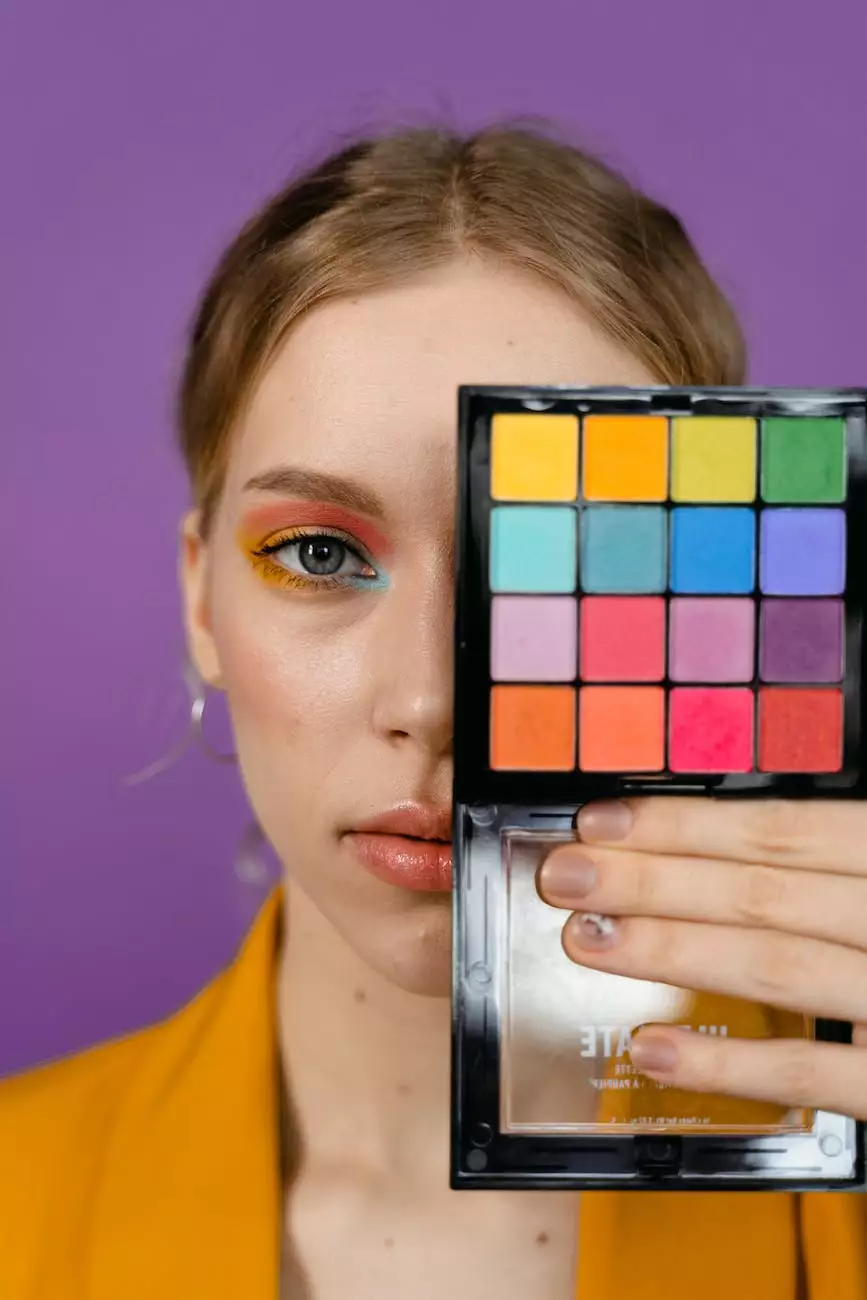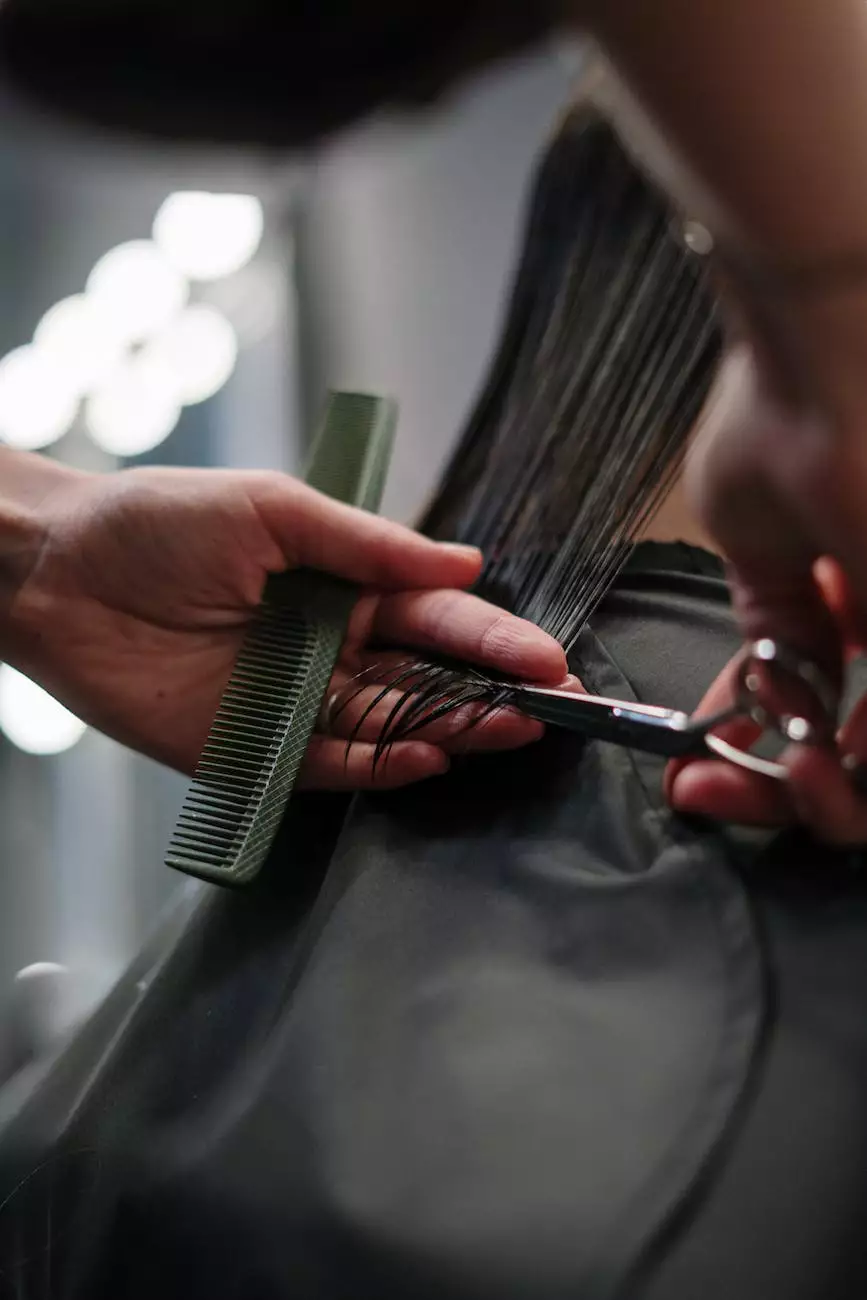How To Highlight & Contour for a Natural Look
Services
Expert Tips and Techniques by Bold and Beautiful Beauty Bar
Introduction
Welcome to Bold and Beautiful Beauty Bar, your go-to destination for all things beauty and cosmetics. In this comprehensive guide, we'll walk you through the art of highlighting and contouring, a technique that can enhance your features and give you a natural, flawless look. Whether you're a beginner or a makeup enthusiast, you'll find valuable tips and insights to master this transformative technique.
Why Highlight & Contour?
Highlighting and contouring is a key technique used in makeup to accentuate your facial structure and create dimension. By strategically applying lighter and darker shades, you can sculpt your face, define your features, and achieve a well-balanced look. The beauty of this technique lies in its ability to enhance your natural beauty while providing a flawless finish that lasts all day.
Understanding Your Face Shape
Before diving into the highlighting and contouring process, it's important to identify your unique face shape. Face shapes can vary from oval to round, square to heart-shaped, and each shape requires specific techniques to accentuate the best features. Here are some common face shapes and their corresponding recommendations:
Oval Face
If you have an oval-shaped face, you're in luck because this face shape is considered the most versatile. You can highlight your natural bone structure by focusing on the cheekbones, temples, and the center of the forehead. Contouring can be done along the jawline and under the chin to add definition.
Round Face
For those with round faces, the goal is to create more angles and elongate the face. Use a light shade to highlight the forehead, chin, and under-eye area. To contour, focus on the sides of the face, starting from the temples to the jawline, to create a slimming effect.
Square Face
Square faces have angular features that can be softened through highlighting and contouring. Apply a highlighter to the center of the forehead, bridge of the nose, and the cheekbones. Contour the jawline and the sides of the face to achieve a more oval appearance.
Heart-Shaped Face
Heart-shaped faces have a wide forehead and a narrow chin. The aim is to balance these proportions. Highlighting techniques should focus on the center of the forehead, the temples, and the cheekbones. Contour lightly below the cheekbones and jawline to create symmetry.
The Art of Highlighting
Highlighting involves using a lighter shade to draw attention to specific areas of your face that catch light naturally. This technique adds luminosity and creates a youthful glow. Here's a step-by-step guide to mastering the art of highlighting:
Step 1: Preparation
Begin by applying a moisturizer to ensure a smooth canvas. Follow it up with a primer to make your makeup last longer. Choose a highlighter shade that complements your skin tone – lighter if you have fair skin, and slightly deeper for darker skin tones.
Step 2: Key Highlighting Areas
The key areas to highlight include the bridge of the nose, center of the forehead, brow bone, cheekbones, inner corners of the eyes, and the cupid's bow. Gently blend the highlighter using a brush or your fingertips to achieve a seamless, natural look.
Step 3: Blending
Blending is crucial to create a soft, diffused effect. Use a blending brush or a damp makeup sponge to blend the highlighter into the skin. Remember to blend in gentle, upward strokes for a natural finish that doesn't look harsh or streaky.
The Art of Contouring
Contouring involves using a darker shade to add depth to specific areas of your face, creating shadows that sculpt your features and create the illusion of a more defined face shape. Mastering the art of contouring takes practice, so be patient as you refine your skills. Let's explore the steps involved in achieving a perfectly contoured look:
Step 1: Choosing the Right Contour Shade
Selecting the right contour shade is vital for a natural-looking finish. Opt for a shade that is about two shades darker than your natural skin tone. Matte formulas work best for contouring as they create a shadow-like effect without any shimmer or shine.
Step 2: Identifying Contour Areas
The main areas to contour include the hollows of the cheeks, the jawline, the temples, and the sides of the nose. Apply the contour shade with a contour brush or a makeup sponge along these areas. Start with a light hand and build up the intensity gradually for a more controlled outcome.
Step 3: Blend, Blend, Blend
Achieving a seamless blend is crucial to create a natural-looking contour. Use a clean brush or makeup sponge to blend the contour shade, ensuring no harsh lines are visible. Blending should be done in soft, circular motions, or upward strokes to maintain the integrity of the contour while creating a gradual fade.
Finishing Touches
Now that you've highlighted and contoured your face to perfection, it's time to complete the look. Apply a soft blush to the apples of your cheeks for a healthy, natural flush. Add a touch of shimmery highlighter to the high points of your face for an extra luminous finish. Complete the look with a swipe of your favorite lip color and defined brows that frame your face beautifully.
Conclusion
Congratulations! You've learned the art of highlighting and contouring for a natural look. Bold and Beautiful Beauty Bar is here to help you unleash your inner artist and achieve the flawless finish you desire. Practice makes perfect, so don't be afraid to experiment with different techniques and products to find what works best for your unique features. From highlighting to contouring, let your natural beauty shine through with confidence!




